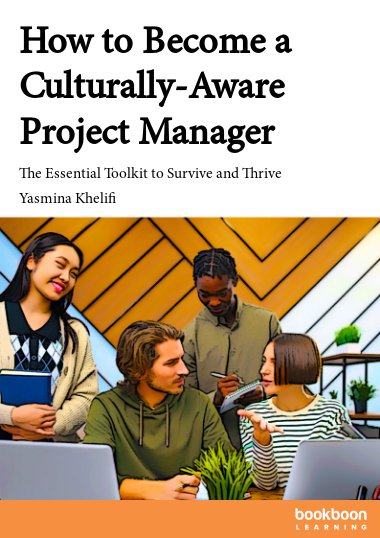This is a book about the essential requirements for building a humane and efficient collaboration with international team members. You do not need to be an intercultural expert. It is written for project and program managers who work in technical, international and remote environments to deliver a project. Early-stage project managers will get some frameworks and guidance. Seasoned project managers will reflect on their current practices and find some paths to improvement to avoid misunderstandings and delays in projects.
About the Author
Yasmina Khelifi is a project manager with more than 20 years of experience in international projects. She has three project certifications from the Project Management Institute (PMI). Over her career, she learned that technical knowledge is not enough to deliver a project – you have to learn to collaborate with people across borders. She is also a passionate volunteer at PMI: she shares her knowledge in blogs, articles and webinars. She writes in Harvard Business Review Ascend. For PMWorld Journal, she interviews practitioners and experts in project management.


